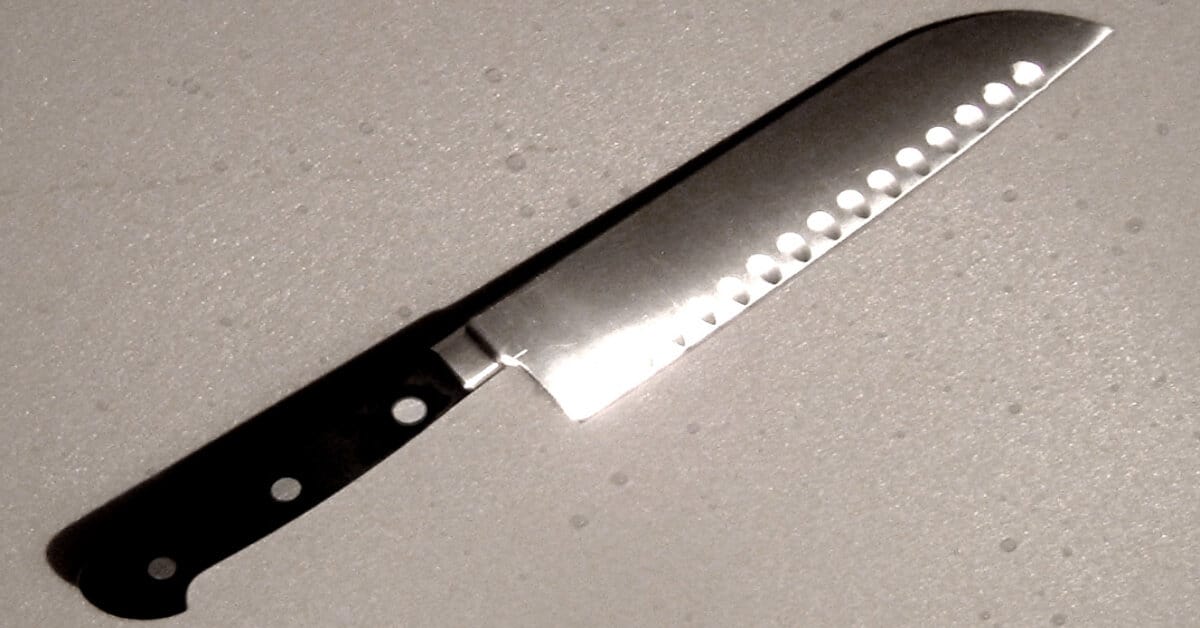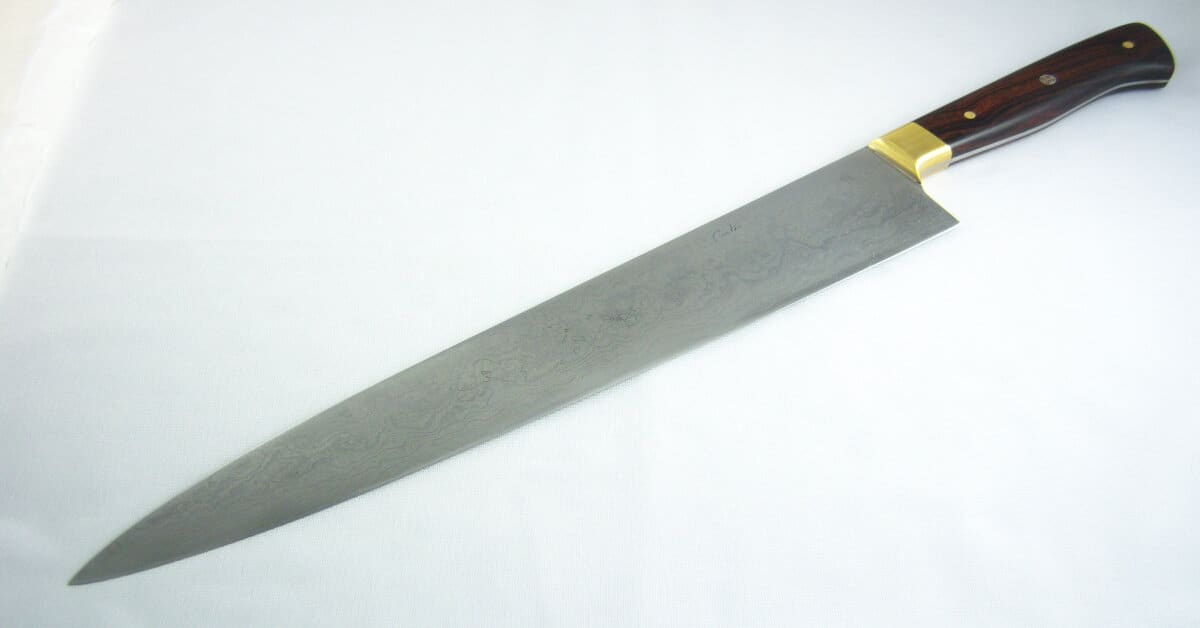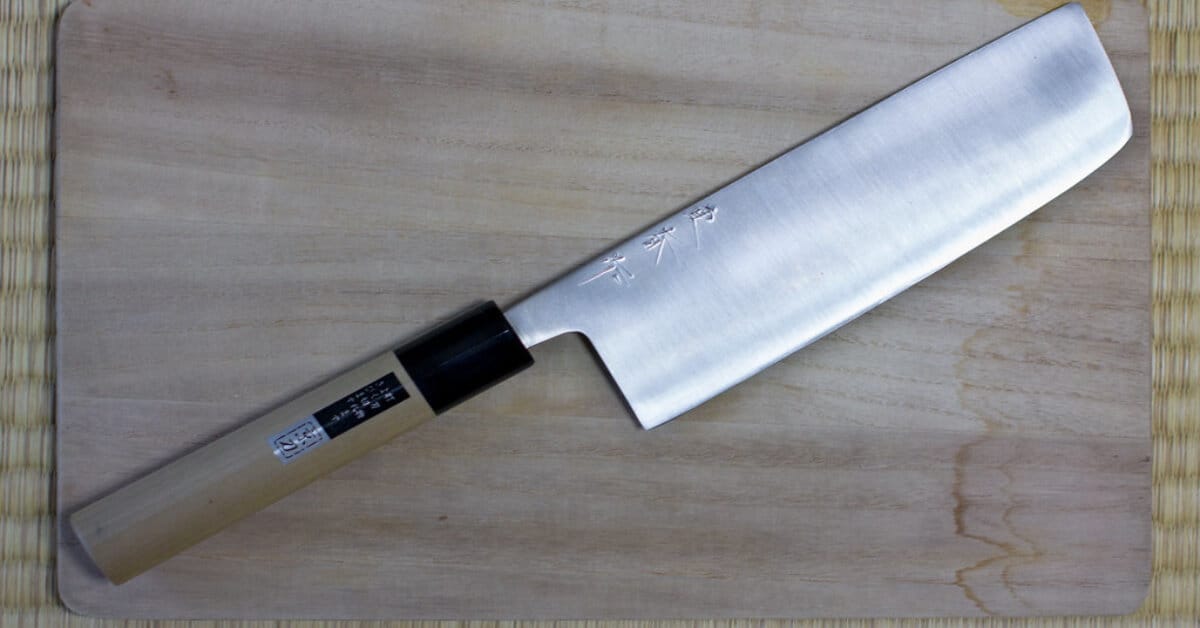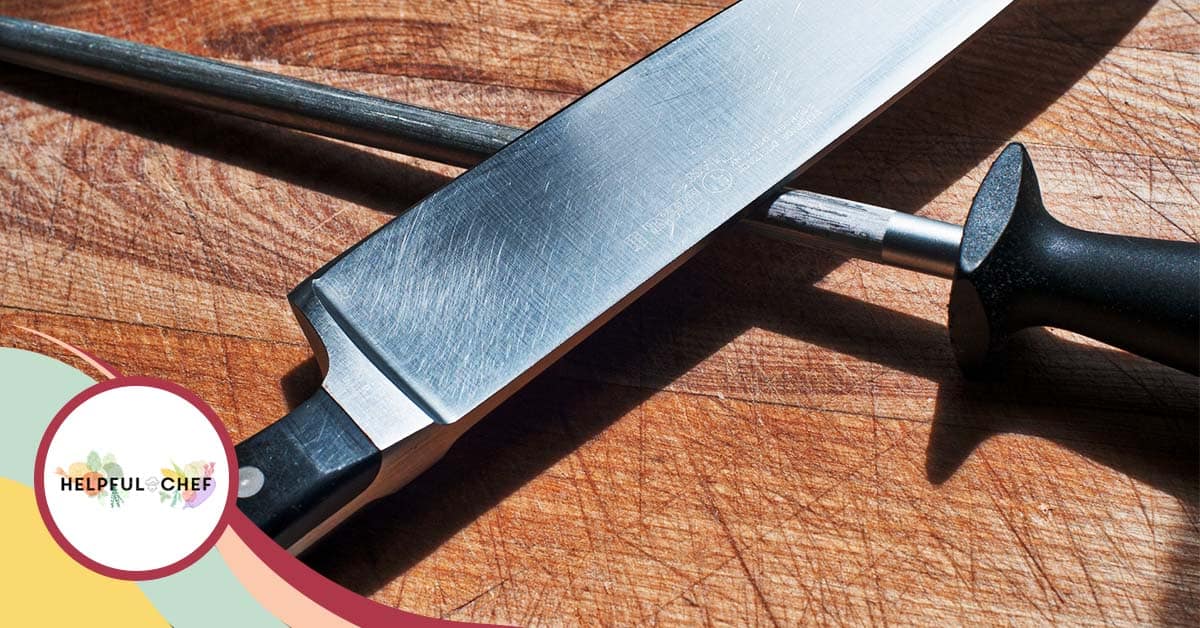Most people know that it’s important to keep their kitchen knives sharp. But how often should you have them professionally sharpened? The answer depends largely on the type of blade and how often you use them and how well you generally look after them. For example, a professional chef who is in the kitchen all day will need to have their knives sharpened more often than a home cook who only uses their knives lightly a few times a week.
The importance of keeping kitchen knives sharp
If you want to stay safe in the kitchen, it’s important to keep your knives sharp. Dull knives are more dangerous than sharp knives because they require more force to cut through things, and that increases the chances of you slipping and cutting yourself. Not only is it safer to have sharp knives, but it also makes your job in the kitchen a lot easier. A sharp knife can easily slice through food, whereas a dull knife will struggle and can cause you to lose control. Take tomatoes for example, the soft flesh beneath the tough skin is a perfect recipe for a trip to casualty if you’re trying to slice with a blunt knife. Even if you don’t cut yourself, you’ll make a mess of your tomato if your blade doesn’t quickly slice through the skin as you push down on the flesh.

How to sharpen kitchen knives at home
If your knives ever get dull or damaged, there are steps you can take at home, which we’ll look at now.
The most common way to “sharpen” your knives at home is by using a honing rod or kitchen steel. A kitchen steel is a long, thin rod that you run your knife down. As you might have guessed by the name, this isn’t actually sharpening a knife but rather honing it. Honing a knife means straightening the edge of it, which keeps it sharp for longer. You need to do this because your knife might not actually be blunt but the edge has simply folded over a little due to use. This means the hong steel simply straightens it out again so you’re cutting and slicing with the finer edge of the blade rather than a slight fold. A good tip here, if you don’t have honing rod or kitchen steel is to use the back of another knife or the base of a ceramic mug will do too.
To sharpen your knife at home, you’ll need a sharpening stone. Place the stone on top of a damp cloth so it doesn’t move around as you sharpen your knives. Wet the stone and then run your knife against it in an “S” motion, dragging the knife across the stone. Do this about 5 times on each side to keep your knives sharp, then wipe down your blade using a damp cloth before you use it for any slicing or chopping.
How often should you have kitchen knives professionally sharpened
If you have a quality knife set, experts say it’s worth investing in a professional sharpening service every few months to keep them in perfect condition. Dull knives can be dangerous, as they require more force to cut through food, so it’s important to keep them sharpened for optimum safety and performance.
Some of the reasons why you should have your knives sharpened professionally at least once twice a year include:
· A professional knife sharpener can assess the right angle to sharpen your knives efficiently and effectively. This is important because different knives from different parts of the word and even different brands sharpen their blades to different angles.
· A professional sharpener knows which grit and tools to use to get the proper sharpening effect.
· A professional can properly clean your knife to remove any buildup or residue that may affect the quality of how it cuts food.
· A professional can help determine if you need to have your knives re-tipped, which is necessary when the blade’s edge is worn down.
· A professional can provide you with specific instructions on how to properly care for your specific knives so they always stay in good condition.
· A professional service will put a better edge on your knives than you’ll be able to do at home.
The best types of knives for a home cook
There are a number of different types of knives that are available on the market, but not all of them are ideal for home cooks. The best types of knives for a home cook are those that are versatile and can be used for a variety of different tasks. A good chef’s knife. Other essential knives include a paring knife, a utility knife, a carving knife and a bread knife. With these knives, you’ll be able to take care of pretty much all cooking tasks and many of the best kitchen knife sets only contain these five knives, although, of course, there are a lot of other specialty knives out there.
Chef knife
A chef’s knife is your most important kitchen knife. You’ll use it for chopping, slicing, mincing and dicing everything from meat to vegetables. It’ll quickly become your “go-to” knife when preparing food in the kitchen, so make sure that you select a high-quality blade with excellent balance and weight distribution.
Paring knife
Paring knives have a short blade and have small handles, so they are very easy to control. These knives can be used for just about every task in the kitchen as well as peeling fruits and vegetables. In fact, some people actually prefer paring knives for slicing smaller items such as tomatoes because their shorter blades make it easier to be precise.
Utility knife
The third most important knife in the kitchen is the utility knife, which can be used for most of the cutting tasks that aren’t covered by your chef or paring knives. They are often referred to as sandwich knives because they are traditionally used to spread butter or margarine on bread before it’s cut into slices. Like the paring knife, utility knives are also good for peeling fruits and vegetables and are also good for filleting fish.
Carving knife
A carving knife is used to slice thin cuts of meat that have been cooked at higher temperatures than other types of food. These knives usually have long, thin blades, which allow the user to slice through meats without sawing back and forth, making it easier to keep slices even.
Bread knife
A bread knife has a serrated blade designed specifically for cutting through crusty-type breads, cakes, pies and other items that are typically served “tented” on the plate. They do an excellent job of slicing without tearing the food apart or squashing it down through the downward pressure. Because of the serrated edge, your bread knife won’t need sharpening as much as your other knives.
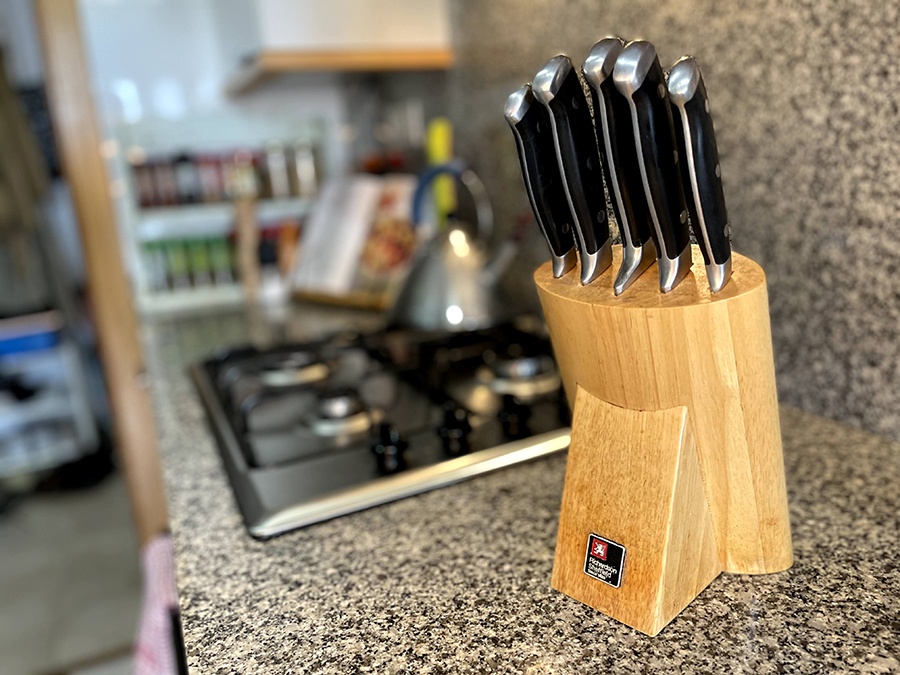
Other important kitchen tools to have in your arsenal
In addition to knives, you’ll also need some basic cooking utensils. A good set of pots and pans is a must-have, as is a colander for draining pasta and vegetables. You’ll also need a wooden spoon for stirring sauces and soups, as well as a metal spatula for flipping burgers and fish. To keep your cooking equipment organized, opt for a set of storage bins with lids to keep everything in separate compartments.
Other key kitchen tools include scales, measuring cups, tongs, a garlic press, cheese grater and can opener. You’ll also need some basic cooking ingredients, including flour for baking, sugar for desserts and coffee drinks, oil for frying and milk for custards, although that’s another post altogether.
Conclusion
Sharpening your knives on a regular basis is important for safety and efficiency. Maintaining your blades is important for food safety. A sharp blade will give you much more control over your cuts and will produce cleaner, prettier slices of vegetables, meats, breads and cheeses. Dull blades will tear at the food, bruising it and leaving you with a ragged edge that is more likely to harbor bacteria and introduce new, unwanted flavors.
Sharp knives make tasks like cutting vegetables or meat significantly easier and safer. When your knife isn’t sharp enough to slice through the food in one pass, you need to put extra downward pressure on it or use much larger and more awkward cuts. Either way, it takes longer and the blade is far more likely to slip off of what you’re cutting and into your hand or countertop.
You can sharpen and hone your kitchen knives at home but you need to be careful with this task. When you sharpen and hone them yourself at home , choose a sharpening rod that is appropriate for your knife type. A steel or diamond-honed ceramic rod are common choices.
If you don’t have the time or inclination to do it yourself, we recommend finding someone who specializes in knife sharpening services near you. Even if you sharpen and hone your kitchen knives yourself at home, it’s a good idea to bring them into a professional once every year or two.
